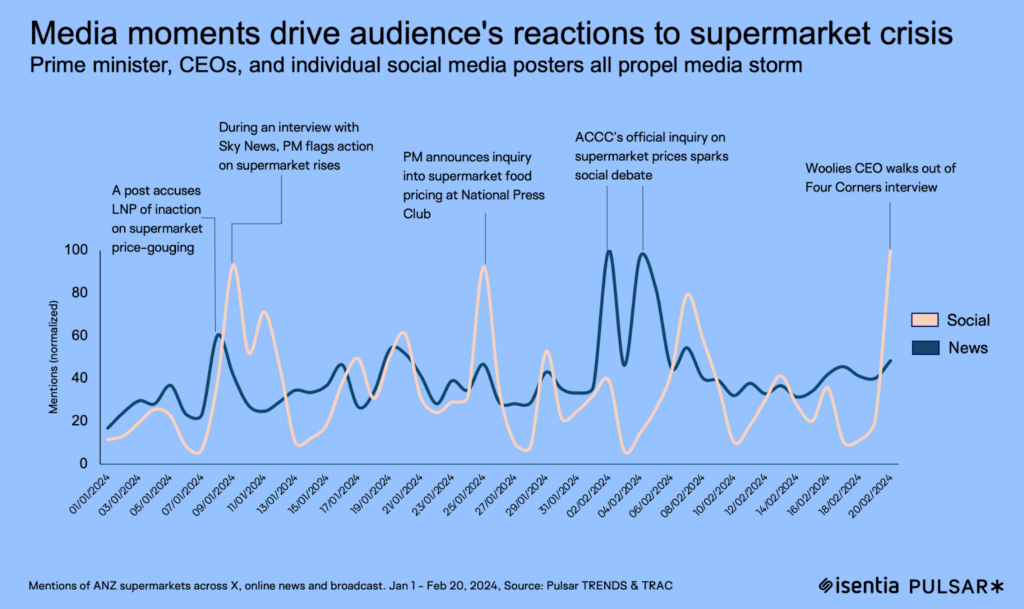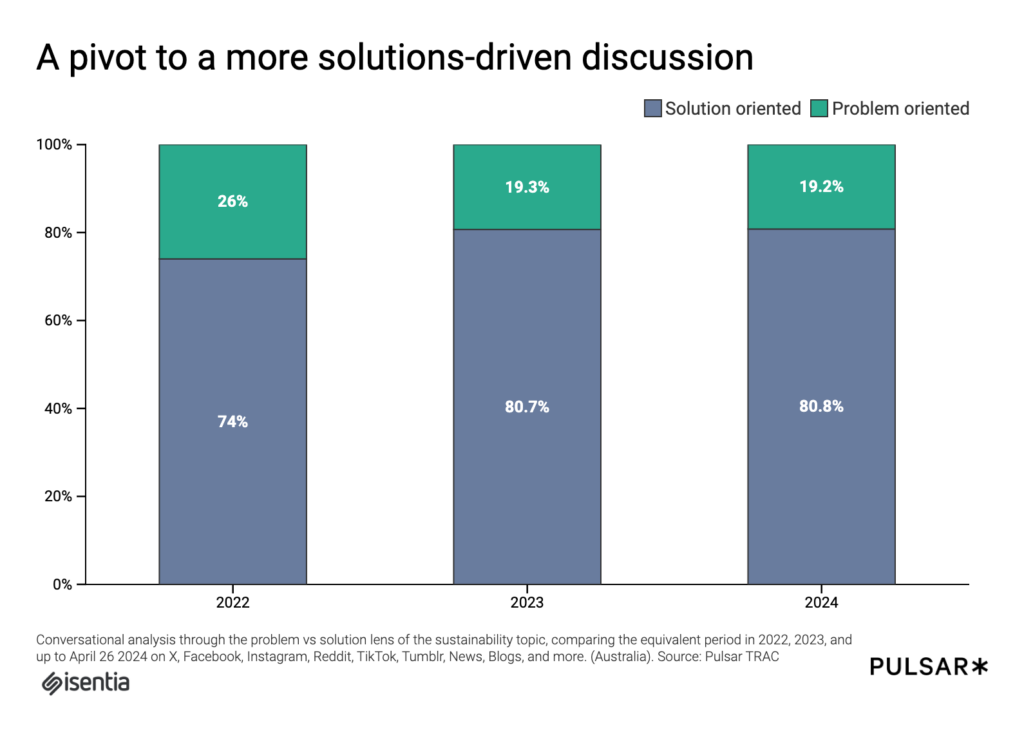Top ANZ insights from media and audiences in 2024
For PR and comms teams, leveraging media monitoring and insights means not just keeping up with the headlines but uncovering opportunities to expand relevance. By analysing patterns in media coverage—such as emotional tone, channel performance, spokesperson impact, peak coverage moments, and narrative themes—you can gain a detailed understanding of what shapes strategy. Global perspectives on […] The post Top ANZ insights from media and audiences in 2024 appeared first on Isentia.

For PR and comms teams, leveraging media monitoring and insights means not just keeping up with the headlines but uncovering opportunities to expand relevance. By analysing patterns in media coverage—such as emotional tone, channel performance, spokesperson impact, peak coverage moments, and narrative themes—you can gain a detailed understanding of what shapes strategy.
Global perspectives on journalism: Insights into regional attitudes & challenges

Our recent State of Journalism Audiences study reveals nuanced regional attitudes towards journalism. While positivity is waning globally, comparing insights across regions highlights key differences. Many believe traditional journalism is “dying” or “dead,” but perspectives vary: in the UK and US, journalism is seen as essential despite its struggles, while in Australia and New Zealand, its critical role is emphasised. This international perspective not only underscores shared challenges but also reveals how regional contexts shape audience expectations, offering valuable insights for addressing these critiques and rebuilding trust.
Supermarkets in the news: How media & social platforms shape public discourse

2024 was the year supermarkets faced mounting public and political scrutiny. Consumer frustration over practices like shrinkflation and skimpflation—where products shrink in size or quality without price reductions—sparked widespread outrage, with social media ablaze over examples like $13 jars of Vegemite. Calls for shrinkflation labelling grew, while rising theft reports led supermarkets to consider body cameras for staff, further fuelling debate.
Public pressure intensified when Greens MP for Prahran, Sam Hibbins, called for grocery price regulation during an ABC interview, following a parliamentary inquiry into supermarket practices in late 2023. Meanwhile, opposition leader Peter Dutton’s call for a boycott of brands not selling Australia Day merchandise drew criticism, as many argued he was ignoring urgent issues like food affordability.
Media coverage amplified key narratives—from criticism of political inaction to the PM’s assurances and the Woolworths CEO’s controversial walkout—while social media sustained public interest. These events highlighted the need for communicators to craft clear messaging, leverage key moments, engage with social platforms, and use media monitoring to foster transparency and adapt strategies in response to evolving public discourse.
Driving Change: How Audiences and Brands Shape the Sustainability Narrative
Viewing sustainability through an audience mindset lens, reveals how they take action and perceive brand impact on their lives. In Australia, social media discussions reflect a growing, solutions-oriented approach to climate change and sustainability, with conversations steadily increasing over the years. These discussions often place responsibility on brands, as well as PR and marketing professionals, to drive meaningful change.

While audiences acknowledge some factors are beyond their control, they empower themselves by taking actions that align with their values, reinforcing a sense of agency in addressing these challenges. Actions like composting, upcycling, second-hand shopping are just a few examples people are sharing online about how they are taking action.
What's Your Reaction?
































